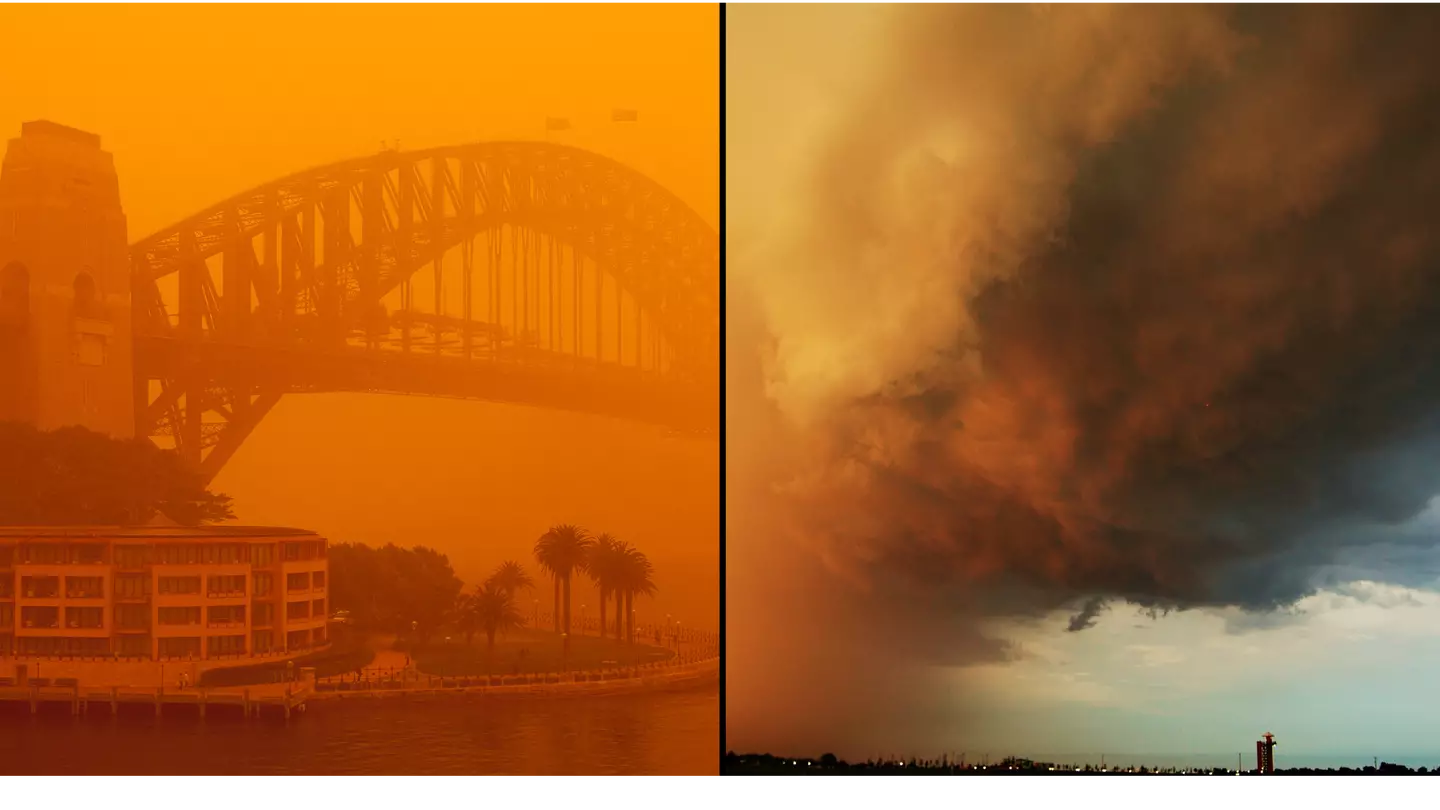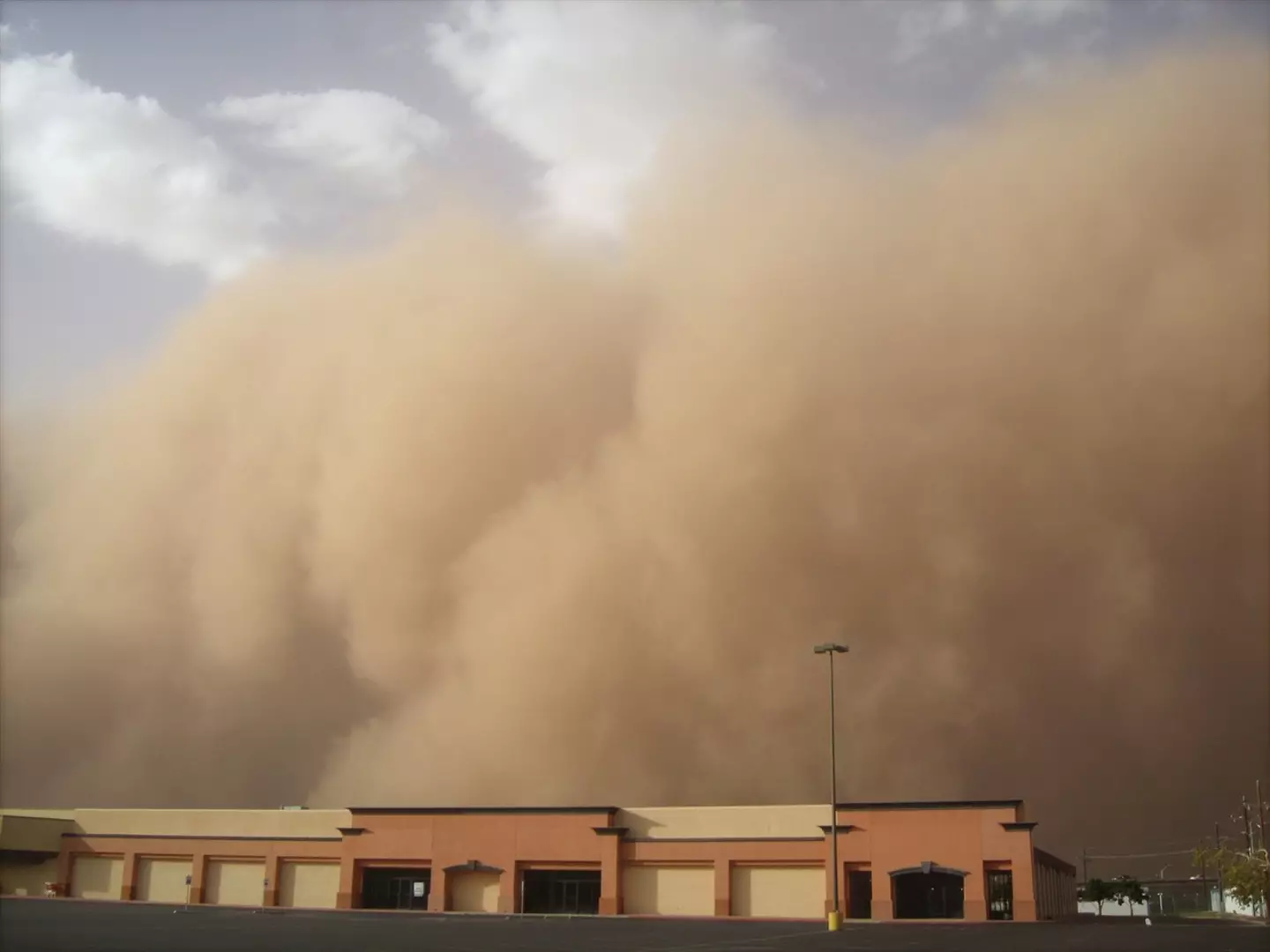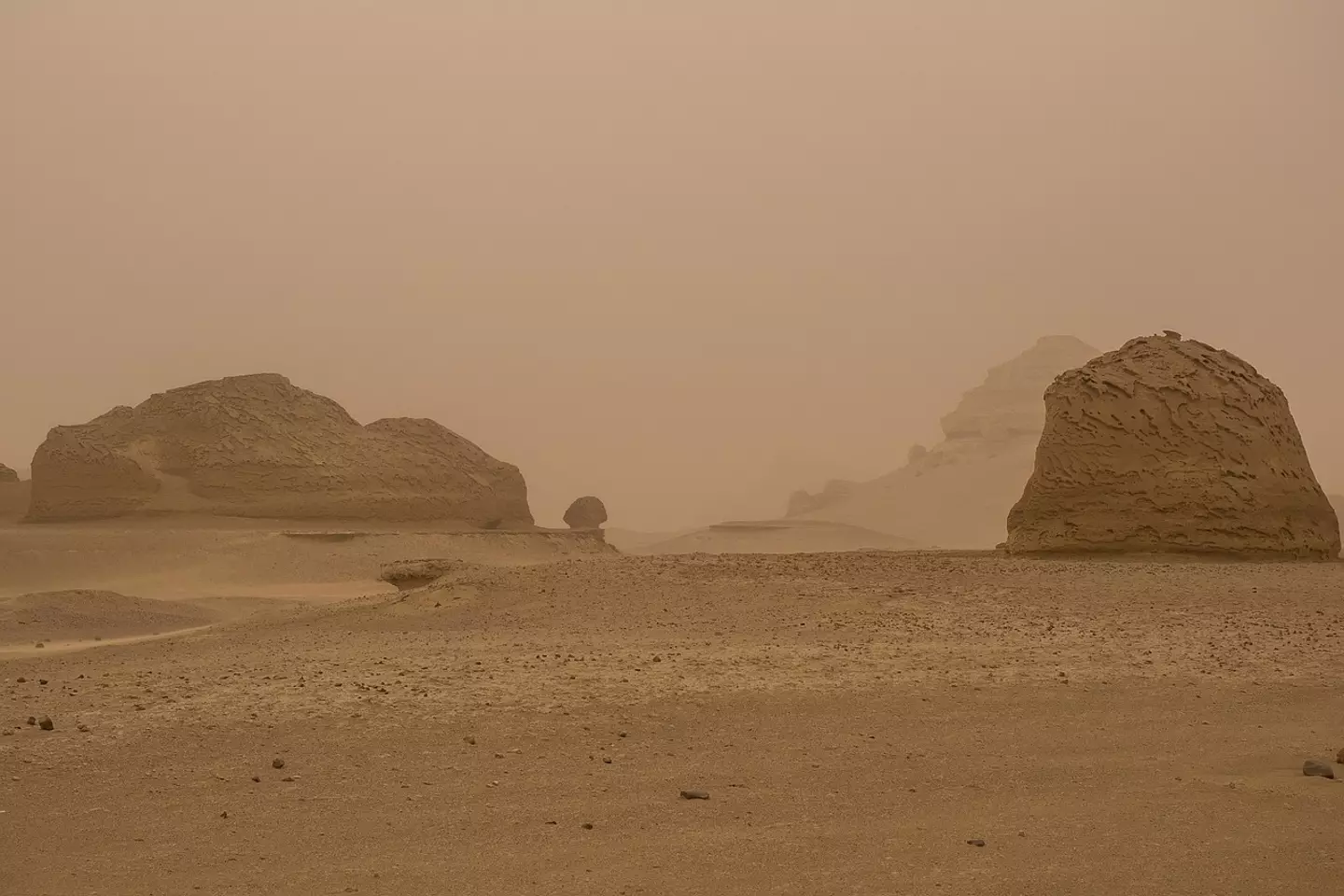
A natural phenomenon - labelled ‘one of nature's most intimidating spectacles’ by UN officials - is set to become more common with ‘up to 25 percent’ now attributed to human-driven factors.
Sand and dust storms are predominately seasonal, but now around a quarter are said to be caused by things such as climate change, droughts and poor land management.
The United Nations Convention to Combat Desertification (UNCCD) is currently taking place in Samarkand, Uzbekistan, where the matter has been discussed.
A new report from the UNCCD, published this week, states: "Two billion tons of sand and dust, equal in weight to 350 Great Pyramids of Giza, enter the atmosphere every year; UNCCD experts attribute over 25 percent of the problem to human activities."
Advert
In a statement, Ibrahim Thiaw, UNCCD’s Executive Secretary said: “The sight of rolling dark clouds of sand and dust engulfing everything in their path and turning day into night is one of nature’s most intimidating spectacles. It is a costly phenomenon that wreaks havoc everywhere from Northern and Central Asia to sub-Saharan Africa.

“Sand and dust storms present a formidable challenge to achieving sustainable development. However, just as sand and dust storms are exacerbated by human activities, they can also be reduced through human actions.”
Sand and dust storms are on the rise, and while they can be helpful in fertilising land and marine ecosystems, they also present a range of hazards to human health, livelihoods and the environment.
Statistics from The National Oceanic and Atmospheric Administration (NOAA) suggest that there were 232 deaths from windblown dust events in the 10 years between from 2007 to 2017 in the US alone.
Advert

Feras Ziadat, technical officer at the Food and Agriculture Organisation of the UN (FAO), chair of the UN Coalition on Combating Sand and Dust Storms added: “Sand and dust storms (SDS) have become increasingly frequent and severe having substantial transboundary impacts, affecting various aspects of the environment, climate, health, agriculture, livelihoods and the socioeconomic well-being of individuals. The accumulation of impacts from sand and dust storms can be significant.
“In source areas, they damage crops, affect livestock, and strip topsoil. In depositional areas atmospheric dust, especially in combination with local industrial pollution, can cause or worsen human health problems such as respiratory diseases. Communications, power generation, transport, and supply chains can also be disrupted by low visibility and dust-induced mechanical failures.”
Topics: Global Warming, World News, Environment